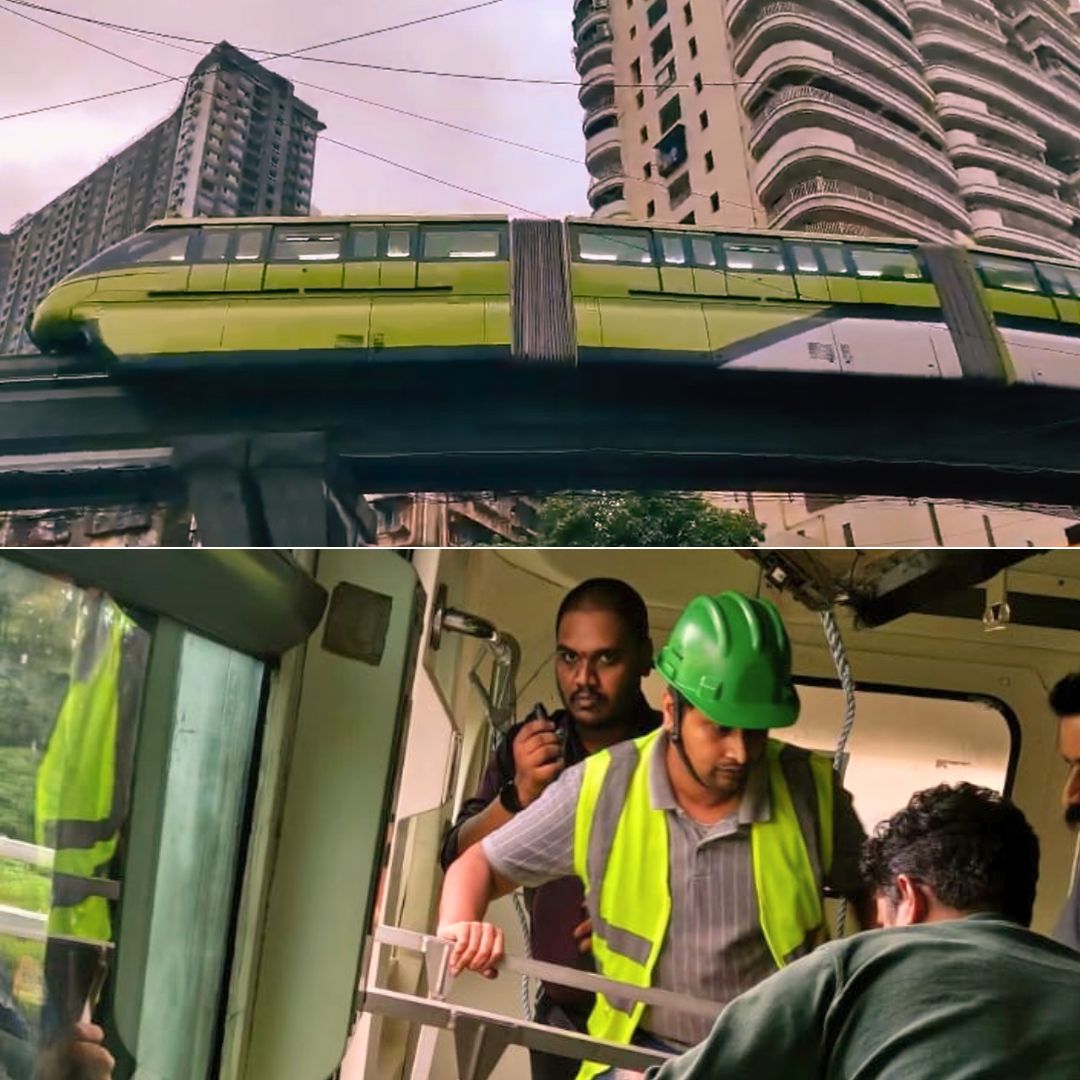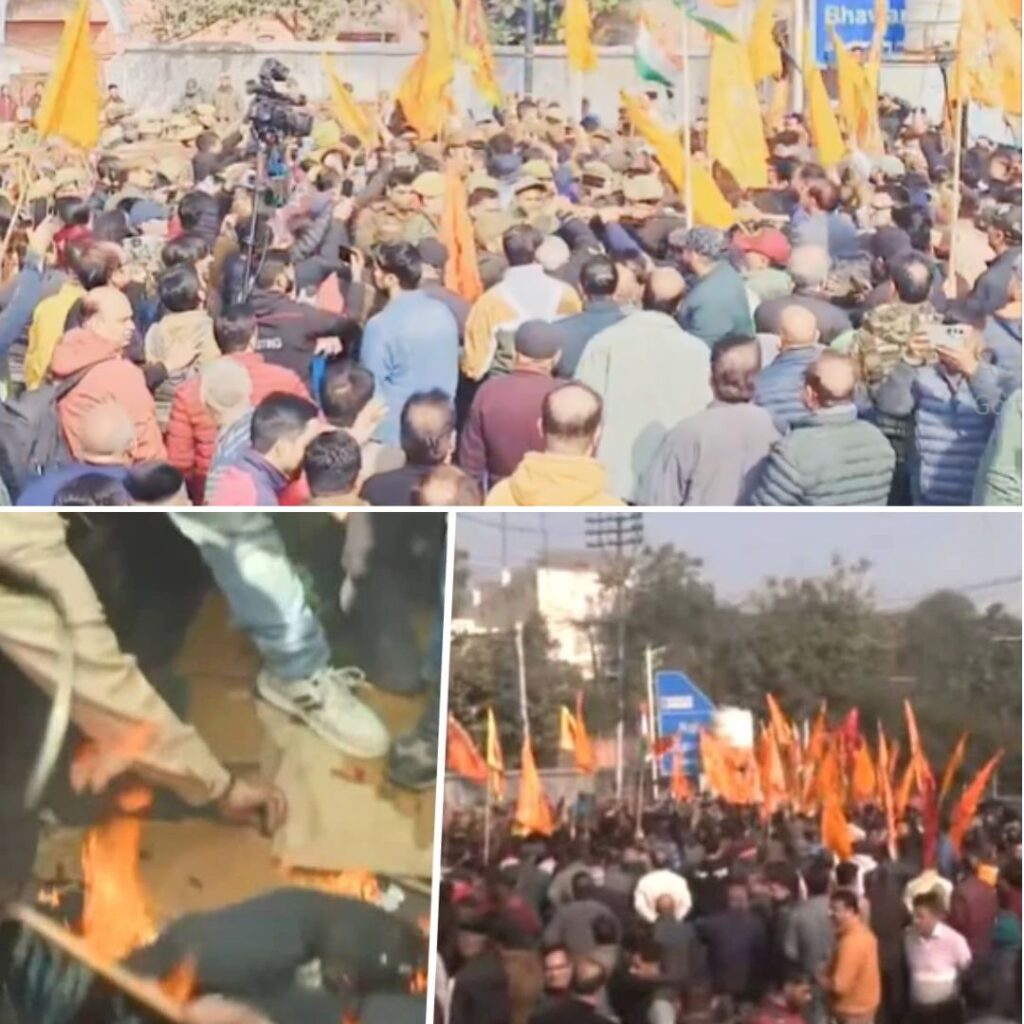On Monday morning, Mumbai’s monorail service experienced another disruption when a train travelling towards Wadala suddenly halted due to a power supply failure between Antop Hill Bus Depot and GTB Nagar stations. Seventeen passengers were safely evacuated by 7:45 am and transferred to another train.
Full service was restored by 9:30 am, despite minor delays on some stretches. MMRDA confirmed that the affected train was towed for a detailed inspection. Ward Councillor Rajesh Bhojane called on the Maharashtra government to urgently address the recurring technical issues troubling the city’s only monorail system.
🔔 Monorail Service Update
— Maha Mumbai Metro Operation Corporation Ltd (@MMMOCL_Official) September 15, 2025
Today, a technical snag occurred in one of the mono trains. As per safety protocols, all 17 passengers onboard were swiftly and safely transferred to another train and taken to the next station by 7.40 AM.
The affected train is being towed away.
•…
Technical Glitch Disrupts Morning Commute
The incident unfolded around 7:15 am during peak hours, leaving 17 passengers stranded on the stalled train. Officials said the power supply snag caused the abrupt halt mid-journey on Mumbai’s 20 km monorail corridor linking Chembur and Sant Gadge Maharaj Chowk via Wadala.
The Mumbai Fire Brigade was deployed as a precaution while technicians worked to detach and tow the faulty train. Stranded passengers were safely shifted to another train coming from Chembur, ensuring no injuries. Monorail operations between Sant Gadge Maharaj Chowk and Wadala ran on a single line with some delays until full restoration at 9:30 am.
Alongside MMRDA’s reassurances, Ward Councillor Bhojane urged the government to urgently resolve these “recurring issues” affecting commuters’ daily experience.
Monsoon Rains Add to Mumbai’s Transit Challenges
Mumbai’s monsoon season has added stress to the city’s transport infrastructure. The India Meteorological Department issued a red alert on Monday morning, warning of very intense rainfall accompanied by thunderstorms, gusty winds, and lightning across Mumbai, Thane, and Raigad regions.
The city witnessed over 100 mm of rainfall since Sunday morning, causing severe waterlogging in key areas such as Dadar, Khar, Andheri, and Vakola. Water accumulation of up to one and a half feet slowed traffic and forced road closures and diversions, compounding the difficulties faced by daily commuters.
The monsoon’s impact on Mumbai’s transport systems, especially its already fragile monorail, has heightened concerns about preparedness and resilience during extreme weather events.
Water logging on JJ flyover.#MumbaiRains pic.twitter.com/49rvSZkdjh
— Dr. Rahul Baxi (@baxirahul) September 15, 2025
Recurring Technical Failures and Mumbai’s Monorail Future
Since its launch in 2014, Mumbai’s monorail has struggled with frequent technical glitches, underwhelming ridership, and operational challenges. August saw a major breakdown when over 500 passengers were stranded for nearly four hours during heavy rains, triggered by overcrowding that caused a power failure. The system’s design capacity is regularly exceeded, raising safety questions.
Currently, only two rakes are operational instead of the required six or seven, leading to low frequency and commuter inconvenience. Experts note that while the monorail was intended to ease traffic woes, its poor integration with Mumbai’s transport network and frequent breakdowns have limited its effectiveness.
Calls for infrastructural upgrades, increased fleet size, and enhanced maintenance regimes are mounting as commuters demand reliable urban transit.
The Logical Indian’s Perspective
While the safety and timely evacuation of passengers remain paramount, the recurring technical problems cast a shadow over the promise of Mumbai’s monorail as a modern, efficient transit solution.
The Logical Indian urges authorities to prioritise transparent action and robust maintenance plans to restore and strengthen commuter trust. Efficient public transportation is foundational for a vibrant, inclusive city, especially in a metropolis like Mumbai that faces both population pressures and climate challenges.











